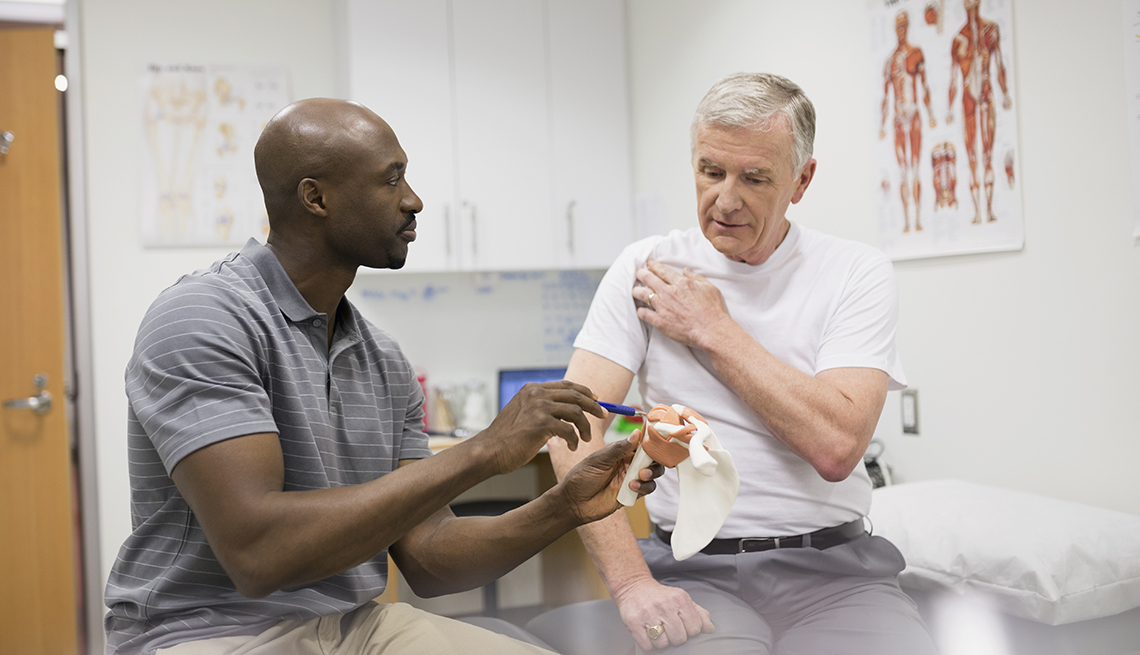Investigating the Impact of Hands-on Therapy Methods on Reducing Musculoskeletal Discomfort and Enhancing Patient Results
Investigating the Impact of Hands-on Therapy Methods on Reducing Musculoskeletal Discomfort and Enhancing Patient Results
Blog Article
Manual treatment methods are manual methods used by healthcare professionals to address muscle and joint pain. Such methods include various forms of adjustment and mobilization of the human muscles and articulations. The objective of manual treatment is to alleviate discomfort, enhance movement, and enhance overall performance. Many individuals experience muscle and joint pain due to trauma, suboptimal posture, or disorders like arthritis. By using hands-on treatment, therapists aim to tackle these concerns and help clients recover their standard of life.
One frequent hands-on treatment technique is spinal manipulation. This method involves applying controlled force to the spine to improve alignment and reduce pain. Research has shown that spinal manipulation can be beneficial in managing lumbar spinal discomfort and cervical discomfort. Another method is gentle connective tissue manipulation, which concentrates on reducing tightness in the muscle tissue and soft structures. This can help alleviate stiffness and enhance flexibility, making it easier for patients to move without discomfort. Both techniques can be tailored to meet the specific needs of each patient, ensuring a custom method to care.
In furthermore to discomfort alleviation, hands-on treatment can improve patient outcomes in multiple aspects. For example, it can boost blood flow, which helps supply oxygen and nutrients to the affected areas of the body. Better circulation can also promote healing and reduce swelling. Additionally, hands-on treatment can help clients gain enhanced body awareness, which is crucial for avoiding future injuries. By understanding how their bodies function, clients can make better knowledgeable choices about their activities and posture, leading to sustained advantages.
The efficacy of hands-on treatment is often backed by client responses. Numerous individuals report notable improvements in their discomfort intensity and overall performance after undergoing treatment. This positive response can lead to greater motivation for patients to engage in rehabilitative try this out exercise and recovery exercises. When patients feel better, they are much likely to participate in their recovery journey, which can additionally improve their results. This collaborative approach between the provider and the client is crucial for achieving lasting outcomes.
In summary, hands-on treatment techniques play a critical role in relieving muscle and joint pain and improving patient outcomes. By applying techniques such as vertebral manipulation and soft connective tissue mobilization, healthcare providers can help patients regain movement and reduce pain. The advantages of manual therapy extend beyond instant discomfort relief, as it also promotes recovery and motivates patients to take an active role in their rehabilitation. As an increasing number of people seek efficient therapies for musculoskeletal issues, manual therapy remains to be an essential option in the field of medicine.